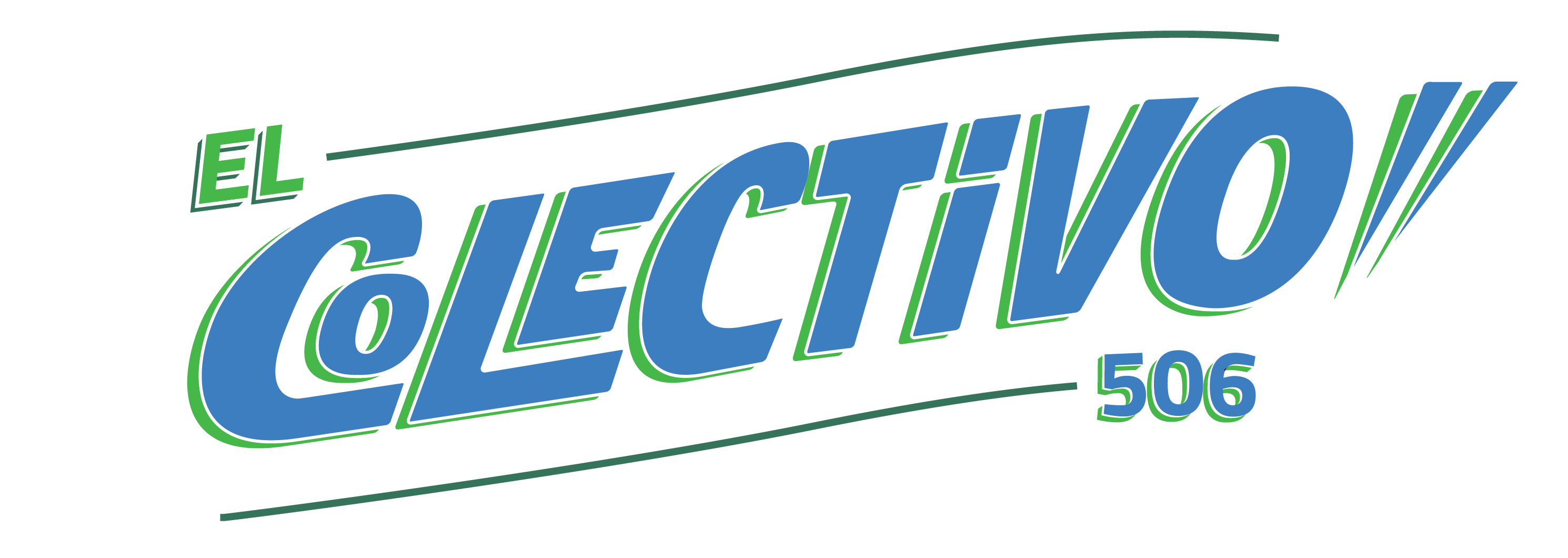Orchids inevitably arouse curiosity and admiration. They used to be unusual, but today it is common to see them in homes and even for sale in supermarkets. What do you really know about orchids? Although they are more common today, it does not make them any less mysterious.

Orchids are ancient inhabitants on Planet Earth, going back approximately 65 million years. The orchid family is made up of approximately 25,000 species, to which must be added 60,000 hybrids and other varieties created or produced by orchid lovers around the world.
Costa Rica is home to thousands of these species, and year after year, more are discovered and produced.

The name orchid was established by the philosopher Theophrastus about 200 years before Christ. In his book The Natural History of Plants he called them “orchis” because some species have underground bulbs that resemble testes. Orchidaceae is the scientific name of this group of plants.

That’s right: orchids can be found both in the treetops, and planted in the ground. They can live in the highest reaches of the forest, with access to water, as well as in places where nutrients are scarce.

Orchids are a family of monocotyledonous plants, with complex flowers that interact ecologically with pollinating agents and with the fungi that form mycorrhizae. The size of the plants and flowers varies significantly: some plants have tiny flowers like the head of a pin, while others have flowers are large as the palm of your hand. Its inflorescences can have one or dozens of flowers. Their leaves are also diverse, as well as their roots and the medium in which they are grown.

Orchid flowering can be annual, or it can occur two or three times a year, depending on the species or hybrid. One such plant that blooms once a year is our purple guaria or Guarianthe skinneri, while phaneolopsis, one of the most common orchids, can bloom two to three times a year.

The best known use of orchids is decoration, because of their incredible exotic beauty. However, they are also common in the kitchen, thanks to a highly prized orchid used for culinary purposes: vanilla.

The cultivation and care of orchids is a labor of love. It requires dedicated hands. They must be protected from pests; their roots must be cared for in the correct growing medium; they must be provided with the appropriate amount of water according to their particular needs. But according to Patricia and Marco Córdoba, owners of the Caribbean Botanical Garden, this work has a reward. It aids in mental relaxation and inner peace, and gives them deep personal satisfaction once they see the beautiful flowers of these plants.

The orchid garden at the Caribbean Botanical Garden is, according to the Córdobas, a place of peace, quiet and color. In this place you can see different species and hybrids of orchids whose beautiful flowers of different sizes, colors, and fragrances, invite you to contemplate and admire the world of orchids. Birds, reptiles, and other mammals, in addition to their human visitors, also frequently visit this orchid sanctuary.
Stories published under the “Directory 506” byline are a joint effort between the editorial team of El Colectivo 506 and the entrepreneurs and organizations that participate in our national directory of rural tourism. This article was created thanks to the input of the Caribbean Botanical Garden: we invite you to visit the garden on its website. For more information about Directory 506, send a WhatsApp message to 8506-1506, or email us: [email protected].







